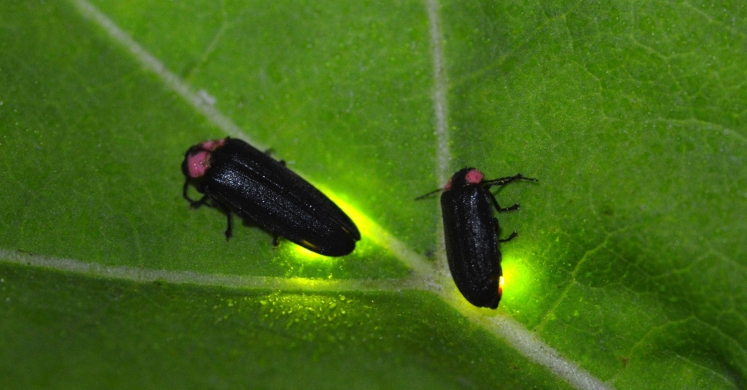Blog

#bioPGH Blog: Lightning Bugs
 A resource of Biophilia: Pittsburgh, #bioPGH is a weekly blog and social media series that aims to encourage both children and adults to reconnect with nature and enjoy what each of our distinctive seasons has to offer. From the best times to plant seasonal flora and enjoy their peak blooms, to astronomical events and creatures to keep an eye and ear out for, Phipps will keep you in the know with what’s going on in our environment!
A resource of Biophilia: Pittsburgh, #bioPGH is a weekly blog and social media series that aims to encourage both children and adults to reconnect with nature and enjoy what each of our distinctive seasons has to offer. From the best times to plant seasonal flora and enjoy their peak blooms, to astronomical events and creatures to keep an eye and ear out for, Phipps will keep you in the know with what’s going on in our environment!
If you were out and about earlier this week enjoying the strawberry full-moon that took place during the summer solstice on Mon., June 20, you may have noticed the return of some of summer’s most iconic insects, lightning bugs. Lightning bugs, or fireflies, are a type of beetle in the Lampyridae family that are aptly named for their use of bioluminescent displays to attract mates as well as prey. Did you know that lightning bugs are the most energy efficient lights in the world? One-hundred percent of the energy that is produced in the lightning bug’s abdomen is emitted out into the environment as light; whereas a household incandescent bulb only emits about 10% of its energy into the environment as light, the remaining 90% of its energy is emitted as heat! Because the chemical reaction responsible for the lightning bug’s signature glow produces 100% emission of light and no heat it is referred to as a “cold light.” If that isn’t impressive enough, each species of lightning bug produces its own unique pattern of bioluminescent flashes!
Connecting to the Outdoors Tip: Did you know that there are approximately 2,000 species of lightning bugs that inhabit wooded temperate and tropical environments throughout the Americas as well as Asia? Lightning bugs are partial to moisture rich, damp environments, such as the understories of heavily forested areas, as they provide abundant sources of food for the insects. Consider heading outdoors to a local park or wooded area during a particularly warm and humid evening to try your hand at catching these bioluminescent bugs. Keep an eye out for varying patterns of flashes and see if you can tell the difference between each unique species of lightning bug. You can also help little ones create their very own lightning bug buddies to keep for as long as they’d like with a plastic egg and LED votive candle!
Continue the Conversation: Share your nature discoveries with our community by posting to Twitter and Instagram with hashtag #bioPGH, and R.S.V.P. to attend our next Biophilia: Pittsburgh meeting.
Additional Resources:
Firefly (Lightning Bug) | National Geographic
Facts About Fireflies | Firefly: Enigmatic. Enchanting. Endangered
Lightning Bugs | Jo-Ann Fabric and Craft Stores

